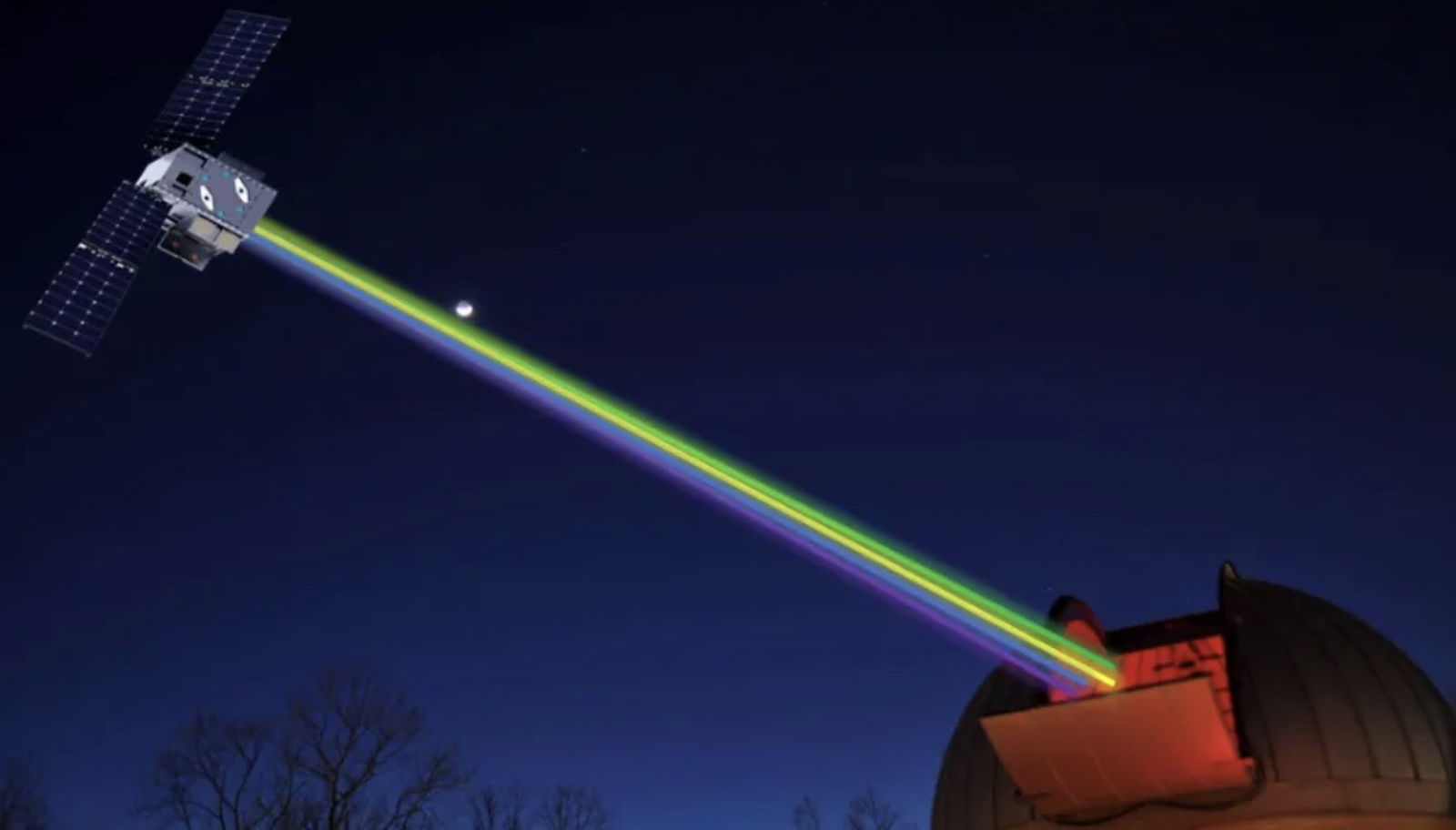NASA plans to deploy an artificial “star” into orbit in a forthcoming space mission to enhance astronomical measurements.
The ambitious $19.5 million project, dubbed the Landolt NASA Space Mission and led by George Mason University’s College of Science in conjunction with NASA, will allow calibration of telescopes at levels previously unattainable. The project aims to significantly improve measurements of stellar luminosity and address several other challenges that hinder modern astrophysics.
Such measurements provide crucial information for understanding various astrophysical phenomena, including the speed and acceleration of the universe’s expansion.
Named for the late astronomer Arlo Landolt, who assembled catalogs detailing stellar brightness for several decades beginning in the 1970s, the artificial star the project will place in orbit will be fitted with an array of eight lasers that emit photons at specific rates, enabling scientists to create updated stellar brightness catalogs.


Invisible to the naked eye, the new artificial star will be discernible to astronomers and hobbyist sky watchers using ground-based telescopes.
Eliad Peretz, NASA Goddard mission and instrument scientist and deputy principal investigator of the Landolt Mission said the new effort focuses on the measurement of fundamental properties astronomers rely on daily in their observations.
“It might impact and change the way we measure or understand the properties of stars, surface temperatures, and the habitability of exoplanets,” Peretz added.
During its first year in space, the artificial star will orbit approximately 22,236 miles above the Earth and will appear to remain stationary relative to the ground.
Peter Plavchan, a George Mason associate professor of physics and astronomy who will serve as the primary investigator for the Landolt Mission, says the level of accuracy the mission will help astronomers attain will be a necessity for future breakthroughs.
“This is what is considered an infrastructure mission for NASA, supporting the science in a way that we’ve known we needed to do, but with a transformative change in how we do it,” Plavchan said in a statement.
Approximately the size of a bread box, the mission’s payload is set for development in cooperation with the National Institute of Standards and Technology (NIST).
Piotr Pachowicz, an associate professor in Mason’s Department of Electrical and Computer Engineering who is leading this component of the mission, said that the calibration the artificial star will help to facilitate “will remove the effects of atmospheric filtration of light and allow scientists to significantly improve measurements.”
Pachowicz says his team at George Mason will oversee the design and construction of the payload. After completion, it will be sent “very high into geostationary orbit” and must, therefore, be equipped to “handle incredible challenges.”
Of particular importance, the enhanced measurements the mission will allow are likely to allow scientists to greatly refine their understanding of stellar evolution and search habitable zones around exoplanets. New insights into dark energy could also potentially result from such improved measurements.
The artificial star will facilitate enhanced calibration by offering a constant rate of photons emitted by its array of lasers, providing a reliable source of light particles that cannot be attained using real celestial objects.
“Flux calibration is essential for astronomical research,” explained Susana Deustua, a physical scientist in NIST’s Remote Sensing Group.
“We constantly ask: ‘How big? How bright? How far?’ and then ponder: ‘What is the universe made of? Are we alone?’ Accurate answers require precise measurements and excellent instrument characterization,” Deustua said.
“When we look at a star with a telescope, no one can tell you today the rate of photons or brightness coming from it with the desired level of accuracy,” Plavchan said.
“We will now know exactly how many photons-per-second come out of this source to .25 percent accuracy.
Micah Hanks is the Editor-in-Chief and Co-Founder of The Debrief. He can be reached by email at micah@thedebrief.org. Follow his work at micahhanks.com and on X: @MicahHanks.

